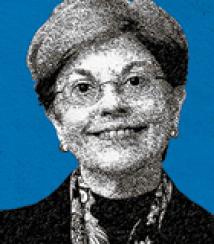Large Endowment
When
Kathryn Crecelius arrived on the Baltimore campus of Johns Hopkins University in 2005 as the school’s first CIO, her mandate was to build out a professional investment office. Fresh from a seven-year stint as director of marketable alternative investments at the Massachusetts Institute of Technology in Boston, where she had once taught French, Crecelius found a public equity portfolio that represented close to 60 percent of the assets in the then-$2.18 billion endowment fund. The new CIO, who had earned a Ph.D. in French from Yale University and held an associate professorship at MIT from 1978 to 1988, began reducing the public equity and moving assets from U.S. to non-U.S. locales, including emerging markets. Global equity is now 39 percent of the total $3.2 billion portfolio, while one quarter of private equity (which is 17 percent of the total fund) is invested outside the U.S. For her next move Crecelius ditched the funds of hedge funds and started building a marketable alternatives portfolio, now 18 percent of the total, that includes credit strategies and drawdown funds that are not classified as private equity. The fixed-income portfolio, 7 percent of the total, was consolidated into U.S. Treasuries only, without Treasury Inflation-Protected Securities. “We don’t do the Barclays Agg[regate Index] or credit within fixed income,” explains Crecelius. “You want to take risk where you’re going to get paid for it.” Because JHU missed the run-up in equities of the 1990s, its long-term returns are in the bottom quartile. But since Crecelius’ arrival the endowment has moved to the top quartile for one and three years in the Cambridge Associates universe —12.6 percent and 9.3 percent, respectively — and is above the five-year median at 2.7 percent. —
Frances Denmark

